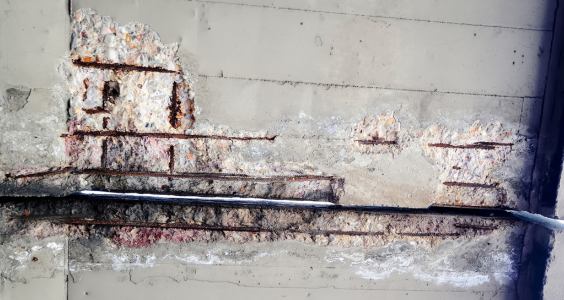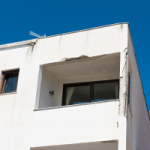Tax season is when we get asked lots of questions. Sometimes it’s clients who don’t use an accountant. Sometimes it’s accountants who are unsure of something. We’re always happy to answer questions – even if it means us doing a bit of research. That’s why so many clients and accountants use Depreciator.
Perhaps you have a question? Feel free to email us at enquiries@depreciator.com.au. Or perhaps you need to order a Depreciation Schedule? You can do that here.
So what are the main questions people have been asking this tax season?
- There is the perennial confusion over whether work done to a property during the year can be expensed as a repair or if the work needs to be depreciated as an improvement.
- How to treat furniture. With that pesky virus a distant memory, Airbnb has come roaring back and people are turning some rentals into furnished short term accommodation.
- Special Levies are always asked about. The nature of the work being funded and the timing of that work are the relevant things with them.
One question we are never asked is, ‘Why is my Depreciation Schedule taking so loooooonnnnng?’ That’s because our turnaround time is still the quickest in the industry.
 Repairs vs Improvements
Repairs vs Improvements
Repairs and Improvements are something that always confuses people. We covered this at length in a previous newsletter.
Repairs can be claimed at 100% immediately, so it’s no surprise people are keen to do that.
It’s equally of no surprise that the ATO are less keen for people to expense things that really should be depreciated – sometimes over 40 years.
The main thing that confuses people is the ATO’s definition of repairs. To the ATO, work can only be claimed as a repair if it deals with damage or deterioration that happened while YOU were renting out the property. You can’t claim for problems that were there before you started to rent out the property.
The ATO are on the lookout for people incorrectly claiming repairs, so it’s best to take care. Don’t hesitate to call to get our opinion. And if it turns out that work you have done needs to be depreciated, we will update your Depreciation Schedule free, as always.
 If you furnish a property, be careful how you claim it.
If you furnish a property, be careful how you claim it.
Airbnb came roaring back after COVID and the ATO were waiting.
Did you know Airbnb shares income data with the ATO? We covered this in a previous newsletter, too.
When people started returning properties to the short term rental market, they invariably needed to furnish them.
Some people used spare furniture they had at home, or bought second hand things on Facebook Marketplace. If the furniture is used, it cannot be depreciated.
Other people buy brand new furniture which can be depreciated. If you need to add this new furniture to your Depreciation Schedule, we have a link where you can add the furniture to your Schedule free of charge. Get in touch, and we can email this link to you.
 The treatment of Special Levies
The treatment of Special Levies
The treatment of Special Levies can be tricky. We covered this recently in one of our affiliate newsletters.
Special Levies are treated differently to the regular contributions people make to sinking or admin funds.
The nature of the work funded by the Special Levy, and when you started to rent out the property, are both relevant.
The main thing to remember is that if the Levy was used to deal with problems that existed BEFORE you started to rent out the property, it can’t be claimed as a repair. You will need to depreciate it at 2.5% per year.
 You might have some questions of your own.
You might have some questions of your own.
If they are not covered in our eBook, send us an email to enquiries@depreciator.com.au.
And if you have a property you are thinking about getting a Depreciation Schedule for, send us an enquiry and we can look at it online and have a sensible discussion with you.


 The ATO’s definition of a repair might surprise you
The ATO’s definition of a repair might surprise you If you do work on a property that makes it better than it was when you decided to rent it out, you have improved the property.
If you do work on a property that makes it better than it was when you decided to rent it out, you have improved the property. If you need a new Depreciation schedule for a recently purchased property, please get in touch. You can call us on
If you need a new Depreciation schedule for a recently purchased property, please get in touch. You can call us on  If you have an older property and you aren’t sure if there is depreciation in it, give us a call on
If you have an older property and you aren’t sure if there is depreciation in it, give us a call on 
 Let’s look at the purpose of the Special Levy
Let’s look at the purpose of the Special Levy Why is the date of first rental relevant to Special Levies?
Why is the date of first rental relevant to Special Levies? A case study in concrete cancer
A case study in concrete cancer

